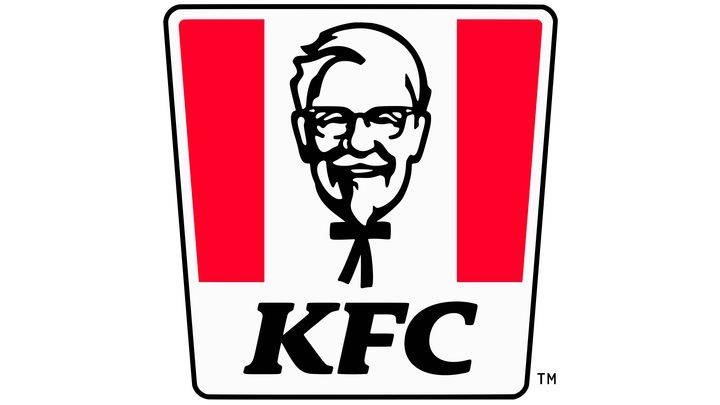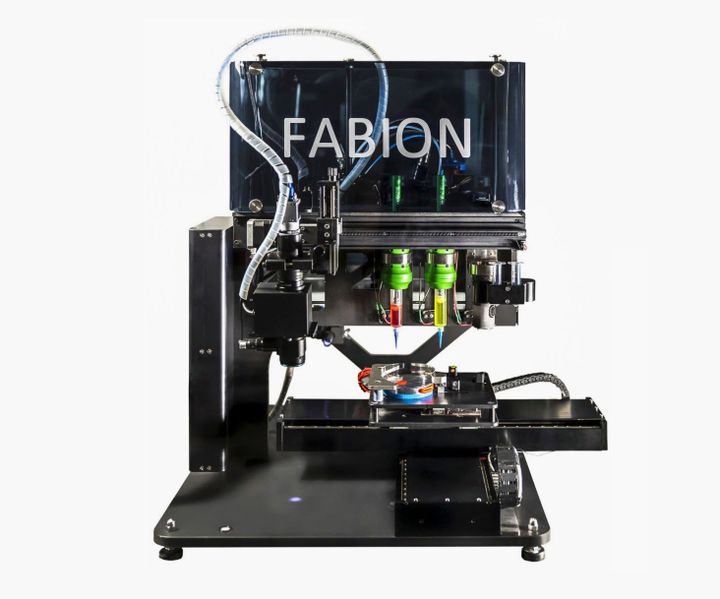
KFC announced a new initiative to 3D print their fried chicken products, but could this be practical?
First, let’s look at what was announced.
KFC 3D Printed Chicken
This week KFC, the global provider of tasty fried chicken at countless fast food outlets, announced a partnership with Moscow-based 3D Bioprinting Solutions to produce “meat of the future”. The new additively manufactured chicken meat will be used to produce “chicken nuggets”.
They say:
“The idea of crafting the ‘meat of the future’ arose among partners in response to the growing popularity of a healthy lifestyle and nutrition, the annual increase in demand for alternatives to traditional meat and the need to develop more environmentally friendly methods of food production. The project aims to create the world’s first laboratory-produced chicken nuggets. They will be as close as possible in both taste and appearance to the original KFC product, while being more environmentally friendly to produce than ordinary meat.”
The environmentally friendly aspect is no doubt because the meat cells will be cultured in a lab rather than harvested from actual chickens. This means there won’t be a need for a traditional farm (or factory farm), and little need for the chemicals normally used when raising chickens. KFC says:
“According to a study by the American Environmental Science & Technology Journal, the technology of growing meat from cells has minimal negative impact on the environment, allowing energy consumption to be cut by more than half, greenhouse gas emissions to be reduced 25 fold and 100 times less land to be used than traditional farm-based meat production.”
The General Manager of KFC Russia & CIS, Raisa Polyakova, explained KFC’s motivations:
“Our experiment in testing 3D bioprinting technology to create chicken products can also help address several looming global problems. We are glad to contribute to its development and are working to make it available to thousands of people in Russia and, if possible, around the world.”
3D Printing Chicken Nuggets
That’s all good news, but what exactly are they producing here? It seems that the new “future meat” is a combination of actual chicken meat and unspecified plant material.
While KFC does not explain to any significant degree how the system would operate, we can figure out much of what they’re up to.
It would seem they are using lab cultures to grow chicken meat cells, which is certainly possible. To do so you’d need to feed the cells basic nutrients and at some point harvesting would produce pails of cell material. This material would then presumably be used as feedstock for the bioprinter.
The challenge here, as we’ve learned from other parties working on 3D printed meats, is that there’s a lot more than just the meat cells, as both taste and texture are absolutely critical factors that must be made correctly, otherwise the clientele will reject the solution.
Bioprinting Taste and Texture
That’s where 3D printing can help, as it can control the structure of the product by 3D printing in specific ways and to allow for the introduction of additional materials.
This has been attempted recently by an Israeli team that’s building a device to 3D print beef steaks. They’re leveraging the technology to reproduce the fibrous texture of actual steak, and likely KFC’s project will do something similar.
For taste, KFC’s press release explains only:
“KFC will provide its partner with all of the necessary ingredients, such as breading and spices, to achieve the signature KFC taste.”
Well then, it seems KFC’s highly secret “eleven herbs and spices” may be made known to others!
But in truth taste is more than just spicing. A huge factor is going to be due to fat, which is another element KFC will no doubt have add to the extrusion mixture. KFC will have to somehow culture chicken fat cells in addition to meat cells, and then use a multi-material approach to extrude them.
Fabion 2 Bioprinter

I took a look at 3D Bioprinting Solutions’ site to understand who they are, and found they’ve been around for several years producing bioprinting equipment. Their most recent device is the Fabion 2, a bioprinter released in 2016, four years ago. It’s likely the KFC project will make use of a variation of this device.
The Fabion 2 employs a turnstile mechanism to handle up to five different materials during a single print job, which bodes well for my thoughts about meat, fat and spices. It has a positioning accuracy of only 0.005mm, so they could surely 3D print a chicken nugget, and might even be able to tackle a chicken thigh.
The Fabion 2 requires “spheroids” (meaning the “meat” cells) be in a suspension when 3D printed to allow for flow through the syringe nozzle. It’s not clear what the suspension liquid could be, but it must be edible and hopefully contribute to the taste factor. 3D Bioprinting Solutions has apparently already 3D printed a mouse thyroid gland with the device, so it is a capable machine.
What is not clear at all is the print speed of the Fabion 2, and by implication the speed of the device being used on the KFC project. Speed and scalability will determine the success of the venture.
Today chicken nuggets are produced using factory equipment at a highly efficient rate. Based on what I can see in the Fabion 2, it would appear to have a print speed similar to most desktop 3D printers: slow. I don’t think this project could succeed if a device were producing only a few dozen nuggets per day, which is likely the case.
KFC Additive Bioprinting Strategy
On the other hand, if the project works — for customers — at a small scale, it might be possible for 3D Bioprinting Solutions and KFC to scale up the device using typical 3D printer extension strategies like multiple synchronous printheads, for example. In such a scenario one could imagine a massive KFC printer working on dozens of nuggets simultaneously, yielding significant product throughput.
KFC says the project intends to deliver 3D printed chicken nuggets to locations in Moscow later in 2020. There is no indication this will be taken up by any other KFC locations, and indeed all of the activity and participants are located in Russia. It may be a Russia-only thing.
While I’m happy they are performing this experiment, I don’t know what the costs would be to produce a chicken nugget in this way, and they’d better be less than current total costs of delivering a chicken nugget. I’m certain that’s being investigated closely, as a poor financial equation would kill the project in the long run.
On the other hand, the project could simply be a public relations exercise to gain some attention.
Via KFC and 3D Bioprinting Solutions (Russian/русский)
